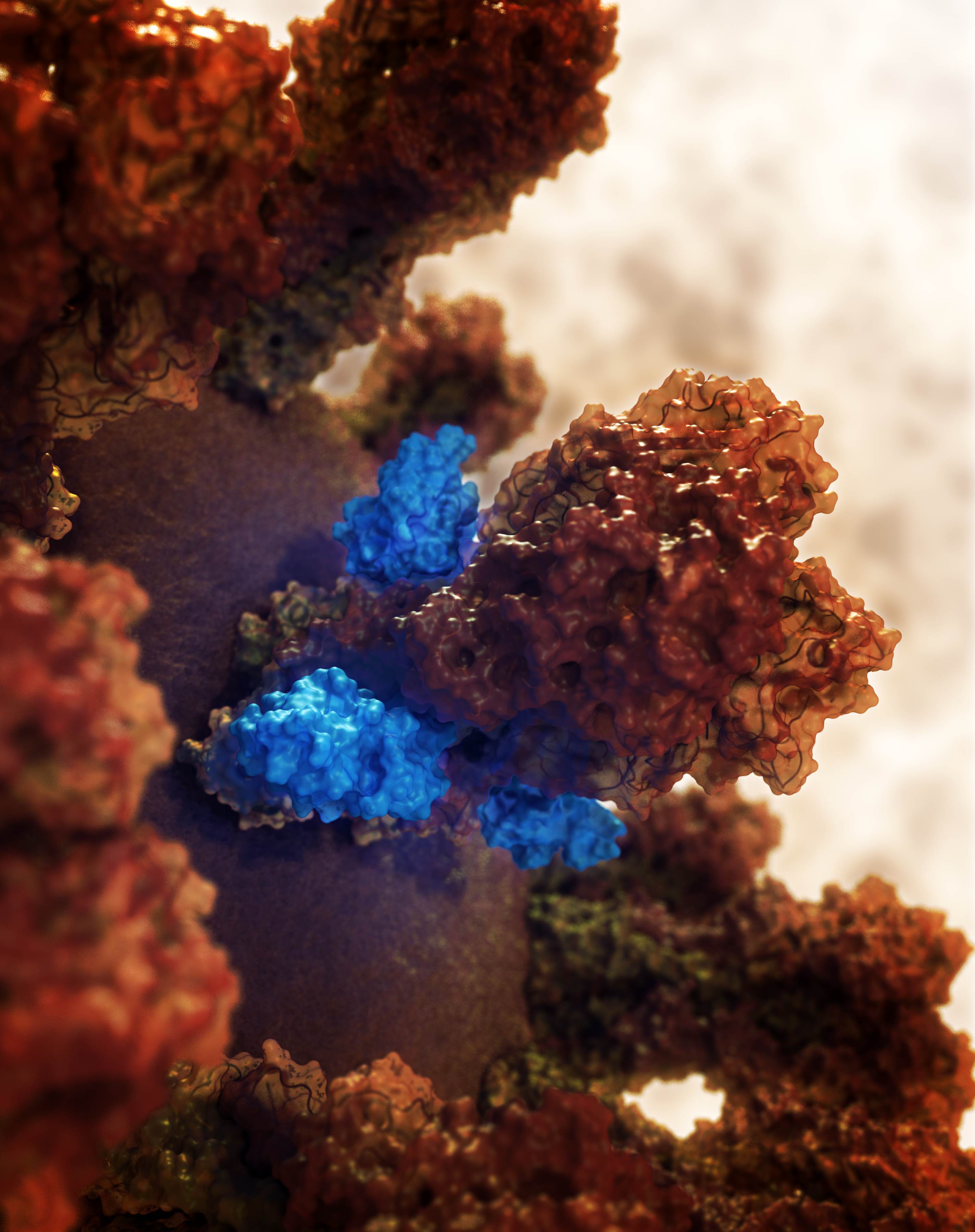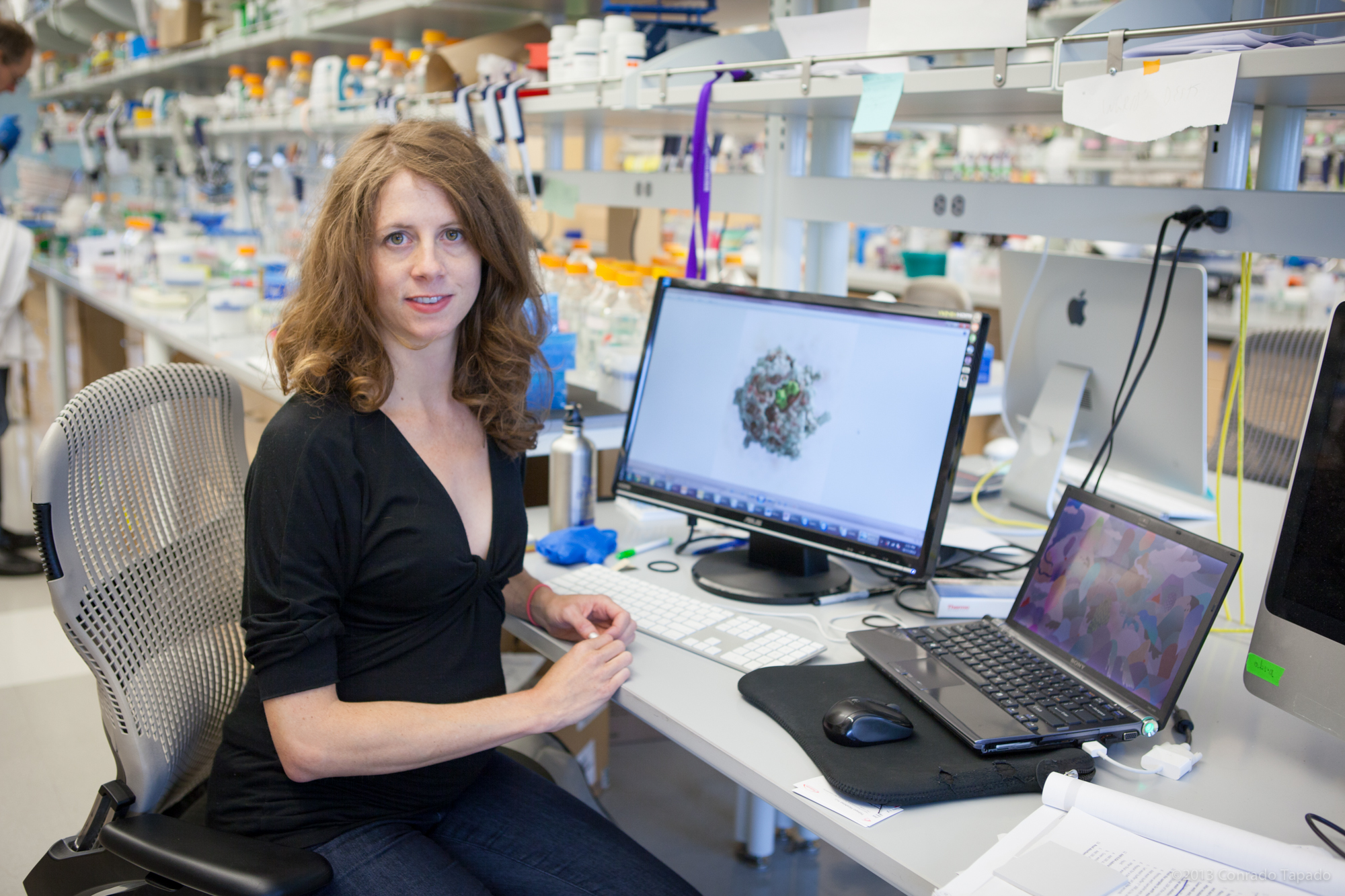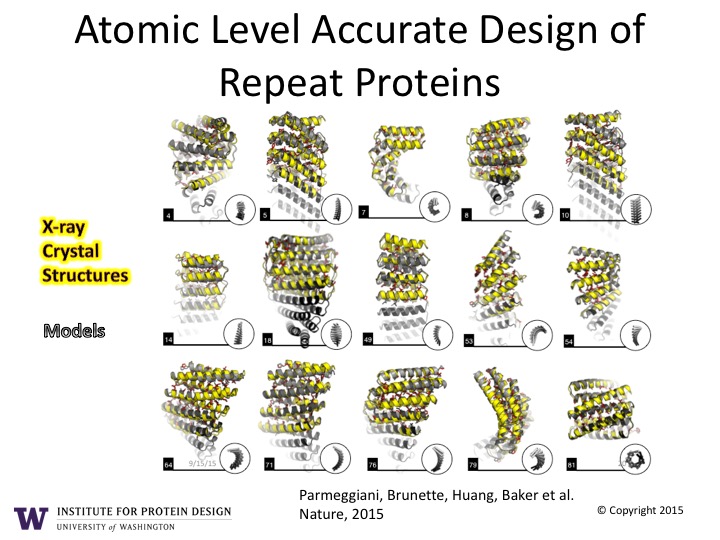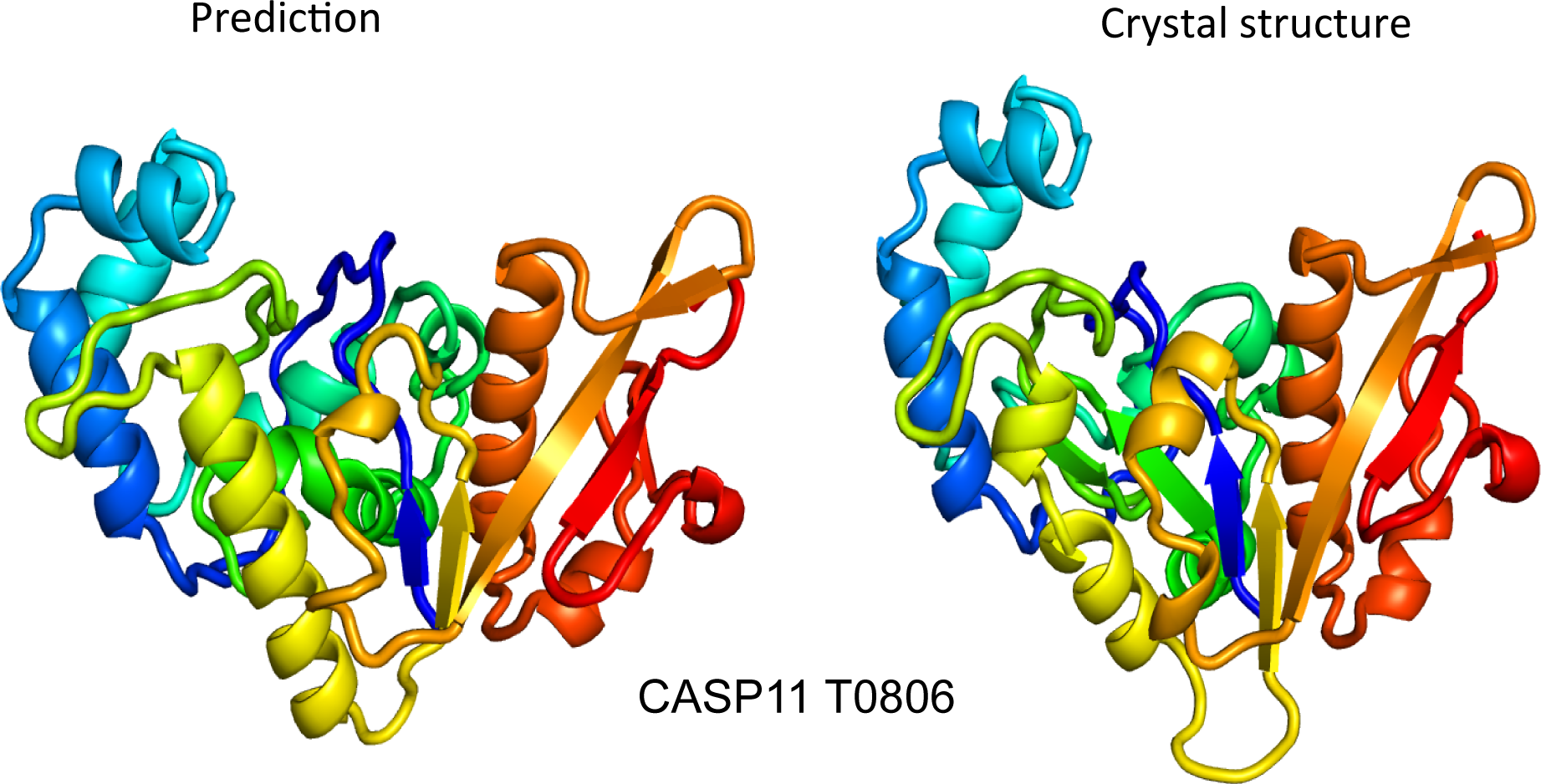Latest posts
-
David Baker wins a Leaders in Health Care Award, listed among ‘world’s most influential scientific minds’
We are proud to announce that last week, David was named winner of Seattle Business‘ 2016 Leaders in Health Care Awards for “Outstanding Achievement in Delivery of Digital Health.” The award was one of several given out, with categories ranging from “Lifetime Achievement” to “Outstanding Achievement: Health Care Delivery.” Although…
-
Franziska Seeger @ Ignite Seattle
On February 18th, WRF Fellow Franziska Seeger gave a talk about proteins at Ignite Seattle. Presenters have 5 minutes to speak to the audience and deliver whatever point they are trying to get across. They also cannot control their slides, so they have to have their timing perfect. Talk about…
-
Arzeda and Mitsubishi Rayon Ltd announce new industrial collaboration
On February 9th, Arzeda, and Mitsubishi Rayon Ltd announced that they would “collaborate on development of new processes for industrial chemicals production.” Read more about it on Mitsubishi Rayon’s website, here, or on Arzeda’s site, here. Arzeda is an IPD spin-out, of which David Baker is a co-founder and Scientific…
-
Flu Binder Paper Debuts in PLOS Pathogens
Today at 11am, the paper titled “A Computationally Designed Hemagglutinin Stem-Binding Protein Provides In Vivo Protection from Influenza Independent of a Host Immune Response” was published to the PLOS Pathogen website. This paper was contributed to by several IPD members, including Aaron Chevalier, Jorgen Nelson, Lance Stewart, Lauren Carter, and David…
-
Dr. Ingrid Swanson Pultz on UW Medicine Pulse
Recently, UW Medicine Pulse released a podcast featuring none other than our very own Ingrid Swanson Pultz! They talked to her about KumaMax and how it would help those with Celiac’s disease. Go here to see their post on it and listen to the podcast! Would you like to contribute…
-
Big moves in protein structure prediction and design
[envira-gallery id=”3246″] Custom design with atomic level accuracy enables researchers to craft a whole new world of proteins Naturally occurring proteins are the nanoscale machines that carry out essentially all of the critical functions in living things. While it has been known for over 40 years that the sequence of…
-
CASP3-11 Results Published in E-Life
In the early 1990s, researchers in the field of protein structure prediction were challenged by the problem of how to impartially judge the accuracy of prediction algorithms. This realization led the protein structure prediction the community to start the Critical Assessment of protein Structure Prediction (CASP), a community-wide, worldwide experiment…
-
September IPD News Roundup
RESEARCH IPD Translational Investigator, Dr. Ingrid Pultz, published a paper in JACS this month titled ‘Engineering of Kuma030: A Gliadin Peptidase That Rapidly Degrades Immunogenic Gliadin Peptides in Gastric Conditions‘. Using Rosetta to redesign the active site of the gliadin protease KumaMax – an enzyme computationally designed to break down gluten in the…
-
Cyrus hires new EVP of Sales
Cyrus Biotechnology, the first company spinout from the IPD’s Translational Investigator Program, welcomes their new EVP of Sales, Rosario Caltabiano. Follow the link to the Cyrus website to learn more: http://cyrusbio.com/2015/10/01/cyrus-welcomes-evp-rosario-caltabiano/
-
August IPD News Roundup
RESEARCH Following the groundbreaking 2014 Nature paper describing the development of a computational method to design multi-component coassembling protein nanoparticles, comes a publication in Protein Science from Baker lab graduate student Jacob Bale and collaborators. Titled “Structure of a designed tetrahedral protein assembly variant engineered to have improved soluble expression“, the paper reports a…







